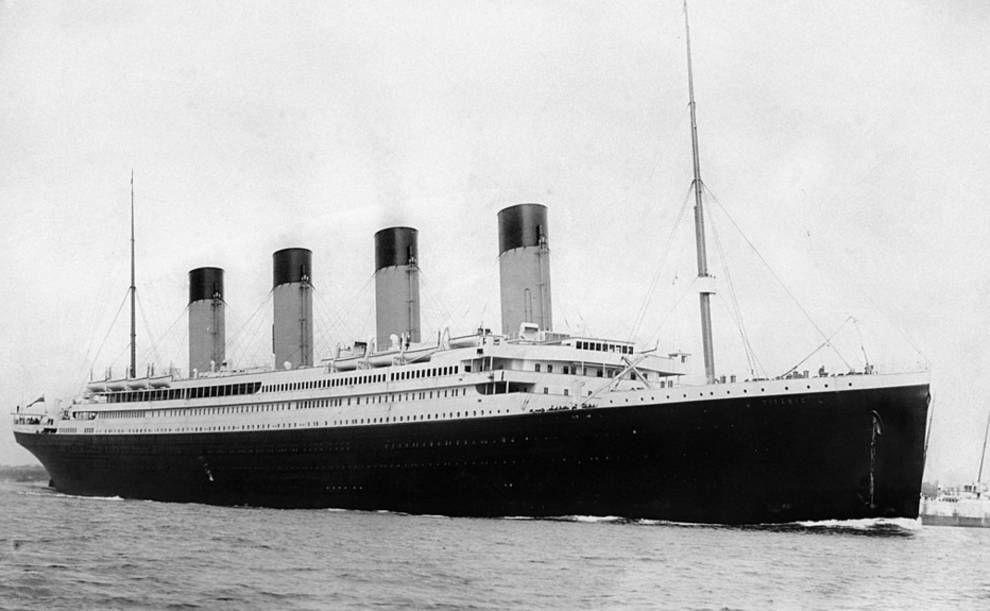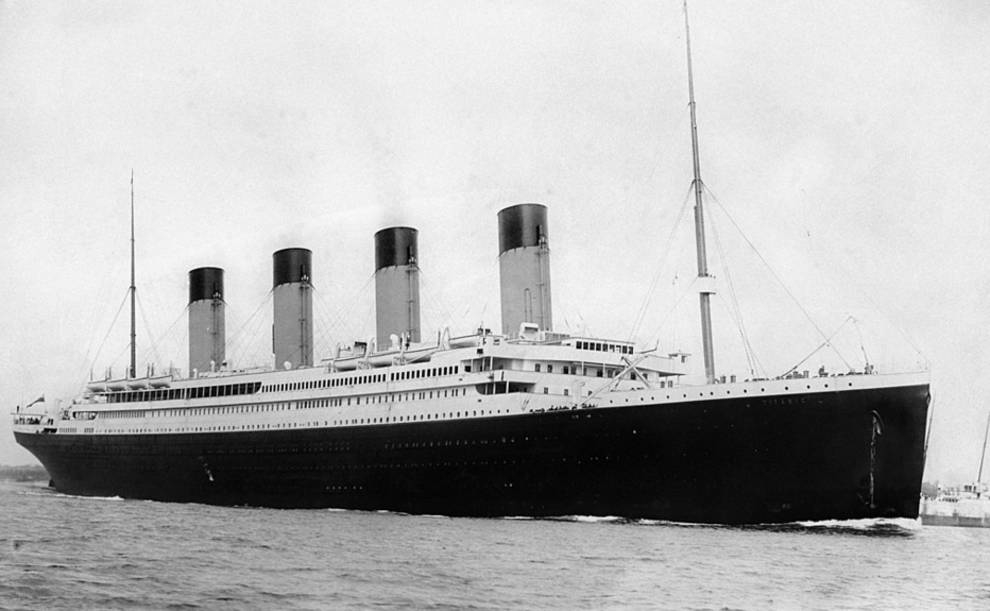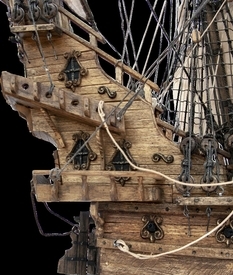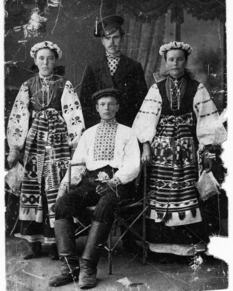
The death of "Titanic" - the most famous catastrophe of the XX century
On the night of April 14-15, 1912, one of the most famous tragedies in history occurred. During its first flight, the Titanic crashed - a British transatlantic steamer, a second Olympic class airliner. It happened in the North Atlantic after a collision with an iceberg.
The Titanic was built in Belfast at the Harland & Wolff shipyard from 1909 to 1912, commissioned by the White Star Line shipping company. At the time of commissioning, it was the largest ship in the world.
The tragedy happened at the end of the fifth day of the Titanic following the transatlantic route Southampton - New York. At 11:40 pm on April 14, 1912, an ocean liner with 2,208 people on board tangentially collided with an iceberg and received serious damage to the hull plating. After 2 hours and 40 minutes - at 2:20 on April 15, 1919 - completely gone under water. The disaster claimed the lives of, according to various sources, from 1495 to 1635 people.
Until December 20, 1987, when the Philippa ferry “Doña Paz” crashed, killing more than 4,000 people, the death of the “Titanic” remained the largest death toll accident at sea in peacetime. Informally, it is the most famous catastrophe of the 20th century.

On April 14, the Titanic received 7 ice warnings from various vessels crossing the North Atlantic, but despite this, the airliner continued to go at almost top speed. When an ice mountain was spotted right along the course, despite the team's efforts, the liner could not quickly change course.
The right side touched the underwater part of the iceberg. The vessel received several holes below the waterline. In total, the liner lining was damaged over 90 meters. The Titanic hold was divided into 16 compartments, as a result of a collision of 5 bow compartments received significant damage. The ship began to slowly go under water.
After midnight, Captain Edward Smith gave orders to begin evacuation, to transmit a distress signal to the radio, and to launch signal flares to attract the attention of nearby ships. Evacuation was organized poorly, the liner team was not prepared for an emergency. The lifeboats were lowered into the water, although the seats in them were barely enough for half of the people on board.
712 passengers and crew members escaped from a sinking ship. Most of the people died from hypothermia, as the ocean water temperature was -2 ° C. After an hour and a half after the full immersion of the Titanic, the ship Karpatiya arrived at the scene of the tragedy and picked up the survivors in the boats.
The collapse caused a wide public outcry. After the death of the vessel in 1914, the International Convention for the Safety of Life at Sea was adopted.
The Titanic was built in Belfast at the Harland & Wolff shipyard from 1909 to 1912, commissioned by the White Star Line shipping company. At the time of commissioning, it was the largest ship in the world.
The tragedy happened at the end of the fifth day of the Titanic following the transatlantic route Southampton - New York. At 11:40 pm on April 14, 1912, an ocean liner with 2,208 people on board tangentially collided with an iceberg and received serious damage to the hull plating. After 2 hours and 40 minutes - at 2:20 on April 15, 1919 - completely gone under water. The disaster claimed the lives of, according to various sources, from 1495 to 1635 people.
Until December 20, 1987, when the Philippa ferry “Doña Paz” crashed, killing more than 4,000 people, the death of the “Titanic” remained the largest death toll accident at sea in peacetime. Informally, it is the most famous catastrophe of the 20th century.

Photo © ru.wikipedia.org
On April 14, the Titanic received 7 ice warnings from various vessels crossing the North Atlantic, but despite this, the airliner continued to go at almost top speed. When an ice mountain was spotted right along the course, despite the team's efforts, the liner could not quickly change course.
The right side touched the underwater part of the iceberg. The vessel received several holes below the waterline. In total, the liner lining was damaged over 90 meters. The Titanic hold was divided into 16 compartments, as a result of a collision of 5 bow compartments received significant damage. The ship began to slowly go under water.
After midnight, Captain Edward Smith gave orders to begin evacuation, to transmit a distress signal to the radio, and to launch signal flares to attract the attention of nearby ships. Evacuation was organized poorly, the liner team was not prepared for an emergency. The lifeboats were lowered into the water, although the seats in them were barely enough for half of the people on board.
712 passengers and crew members escaped from a sinking ship. Most of the people died from hypothermia, as the ocean water temperature was -2 ° C. After an hour and a half after the full immersion of the Titanic, the ship Karpatiya arrived at the scene of the tragedy and picked up the survivors in the boats.
The collapse caused a wide public outcry. After the death of the vessel in 1914, the International Convention for the Safety of Life at Sea was adopted.


